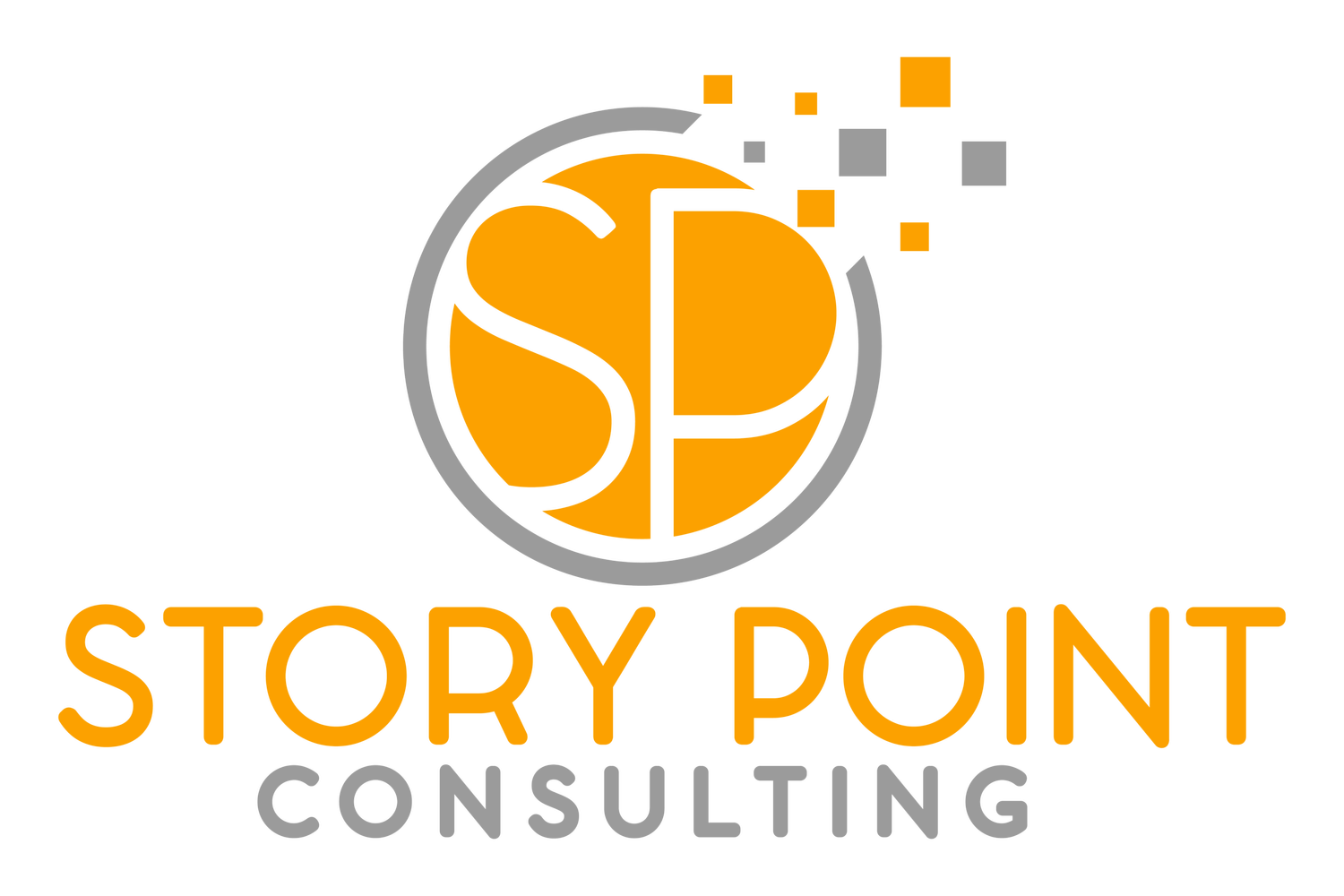From Prospects to Partners: 6 Ways Donor Profiles Can Boost Your Fundraising
“How do we find new donors?” This is one of the most popular questions that we receive from organizations. And it’s an important question because the ability to expand your donor base is one key element in securing sustainable funding for your organization. However, donor acquisition isn't a random process. It’s important to find donors that believe in the work that you are doing. By adopting a strategy focused on donors whose interests and passions align with your mission and meet your ideal donor profile, you will connect with more donors that are likely to support your organization. Thus, you can significantly bolster your fundraising efforts.
An ideal donor profile can have a significant impact on your organization’s overall success. Here are some six ways in which donor profiles can boost your fundraising.
Identifying prospects. Analyzing your data aims to help you understand your donors better, which can enhance your fundraising strategies. By examining your current donor data you may be able to find similar characteristics of those that support your organization. Nonprofits can use this information to find prospective donors that share these traits and help to grow your donor base with supporters that are more likely to contribute.
Makes your team more efficient. Creating a donor profile significantly streamlines your staff and volunteer workload. By focusing your efforts on a group that is more likely to support your mission, you concentrate your resources on effective strategies rather than the method of trial-and-error. This allows your staff and volunteers to make informed decisions, enhancing the efficiency and productivity of your team's time, which is especially helpful if you are a small, or one person team.
Create custom fundraising activities and campaigns. Donor profiles can help you determine your donor’s giving preferences, interests and funding priorities. With this information, nonprofits can tailor their annual fundraising activities to resonate with donors that are most likely to support and participate in. For example, if you have donors that are strong supporters of certain programs at your organization, you may want to highlight these programs in your appeals.
Strengthens communications. Understanding your donor profile helps your organization to tailor your communication to supporters. This allows for personalized messaging when communicating with your donor, which increases donor engagement. For example, if your donor profile includes younger donors, your organization can customize the messaging to resonate with this demographic, and may choose a communication method that resonates with young people such as social media. A donor profile that is easy to understand allows your organization to create personalized messaging that will be more compelling and persuasive for your potential donors.
Boosts donor retention. Donor profiles can help nonprofits strengthen their donor retention by allowing them to understand their donor preferences. Profiles help your organization to tailor your donor communications and how you engage with supporters, resulting in more authentic connection with donors. When donors feel valued, they are more likely to become loyal supporters and help sustain your organization into the future.
Helps build strong relationships. A well created donor profile can help with the long-term success of building relationships with potential donors. Because there is an understanding of the donor and what is important to them, it allows you to connect more deeply with donors and help your organization effectively build relationships with potential, and current donors.
Using your ideal donor profile can help your organization to determine where to find these donors, create stronger fundraising strategies and craft messages that they are interested in and more likely to engage with which will enhance your fundraising efforts.
Struggling to find donors without a strategy? Evaluate your effectiveness with our quick Finding Donors Assessment tailored specifically for small nonprofits.




